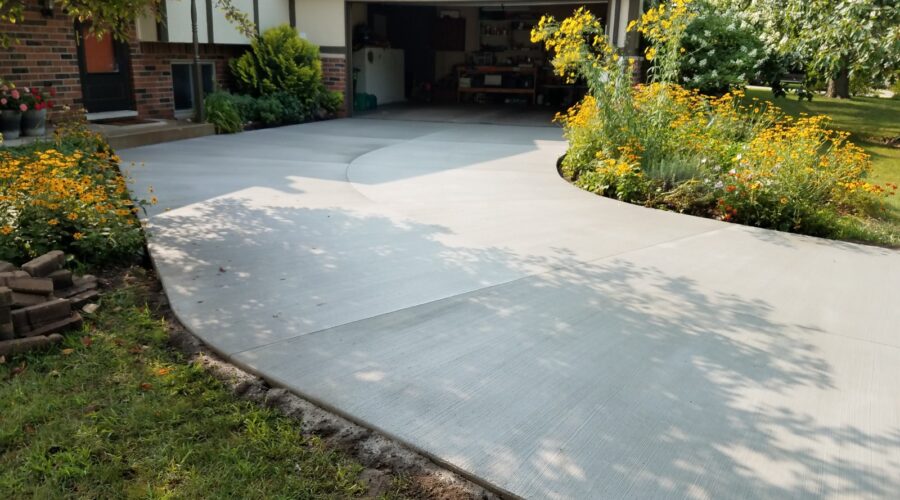Driveways that are well-built give your property a nice appearance and guard your investments. Nonetheless, because the climate in Oakland County features cycles of freezing and thawing, a lot of rain and moving soils, concrete driveways tend to develop ugly cracks. Understanding the causes and choosing to replace a Concrete Driveway when necessary can save you money, time and trouble.
In this piece, we will outline the most common cracking reasons, show you how to recognize them and lead you to professional Concrete Driveway Installation Oakland County services when you need them.
Common Causes of Concrete Driveway Cracks
- Freeze-Thaw Cycles: Water seeps into small surface pores; when it freezes, it expands, creating pressure that leads to hairline cracks. Repeated cycles in Michigan winters worsen this damage over time.
- Soil Settlement and Movement: Uneven settling of the base material or soil erosion beneath the slab can cause sections to sink or shift, resulting in diagonal or stair-step cracks.
- Heavy Loads and Traffic: Parking oversized vehicles or heavy equipment on a driveway not designed for such weight places excessive stress on the concrete, promoting cracks and surface spalling.
- Poor Installation Practices: Inadequate compaction of the gravel base, incorrect concrete mix, or insufficient joint placement can compromise the slab’s ability to flex, making it prone to cracking.
- Tree Roots and Vegetation: Roots growing under or near the driveway can exert upward pressure, causing uplifting cracks and uneven surfaces that cannot be fully repaired with simple patching.
Recognizing When Repairs Aren’t Enough
Tiny cracks are usually treated with crack sealants and epoxy can be used for male cracks that break away. Some cases point out that patching solutions won’t solve the problem in the long run. If there is greater than a half-inch space at a wall seam or cracks that are bigger than a quarter inch, these signs could indicate a serious structural concern.
Closing the gaps in the foundation only hides the problems for a moment and won’t resolve instability beneath. Should patching not stop the water from gathering in those parts, moisture under the slab will keep damaging it and could end up causing bigger problems later on. It is a good idea to consider replacing the entire concrete driveway if you keep seeing cracks, because replacing the driveway is more cost effective in the long run.
Signs You Need a Full Concrete Driveway Replacement
- When you notice lots of interconnected cracks on the surface, this most likely means the material is under huge stress everywhere.
- Slab differences of more than one quarter inch raise the risk of trips and increase damage to the joints.
- When patches fall apart after a short time, there may be issues with the soil foundation or poor drainage.
- If there is significant flaking when the concrete separates into pieces and the aggregate underneath is seen, it means the surface is not protected anymore.
- Repetitive standing water leads to erosion of the base; when water ponds cannot be solved by regrading, the slab needs to be replaced.
- Driveways aged 20 years or more may be strained by hard weather and can be replaced to use a mix design that fits our region.
Conclusion
Sometimes, small cracks in the concrete can be resolved with sealants or injections of epoxy and tiny spalled spots can be patched with special overlays. Even so, there are situations that make clear that patching will not last long. Cracks can grow from small to large very fast in Oakland County’s setting. If you understand freeze-thaw effects, how the soil moves and what causes load stresses, you will know whether a Concrete Driveway Replacement is needed.
When the concrete is cracked or needs new repairs, employing an expert in Concrete Driveway Installation Oakland County could make your driveway stay strong and look nice once again. Let White Wolf Concrete handle your difficult and detailed projects for expert advice and high-standard execution.
